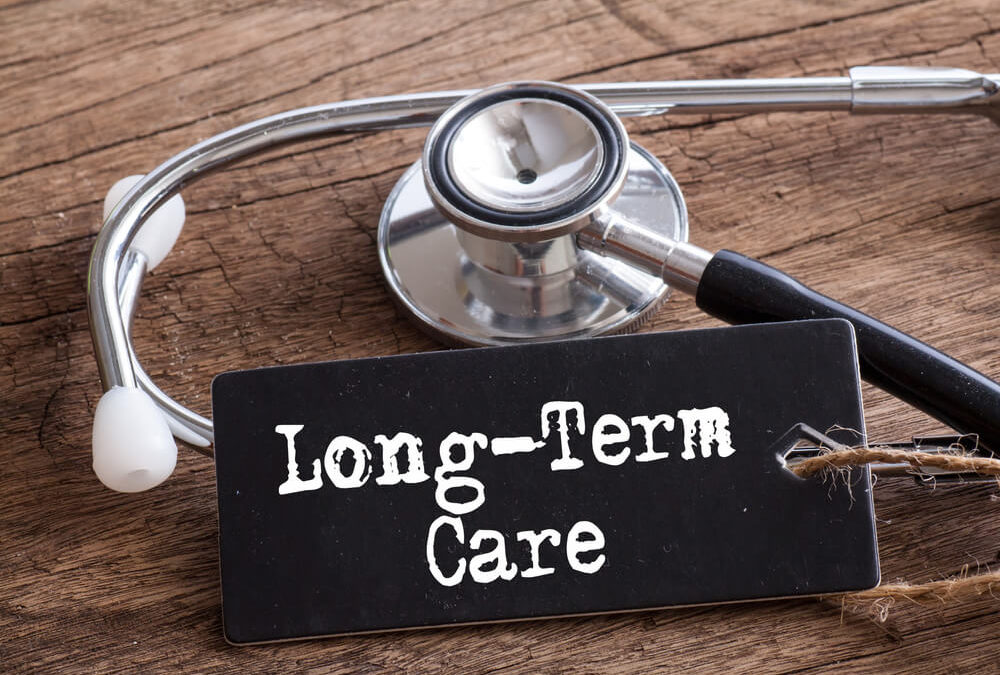No one likes to think about long-term care in retirement, but it is a reality that can wreck your golden years if you aren’t prepared.
Over half (60%) of people over the age of 65 are going to need some form of long-term care, according to the U.S. Health and Human Services Department.
And when the time comes that you need in-home care or need to move into assisted living or a nursing home, having long-term care insurance can be a boon for you and your savings.
Here’s a further breakdown of what long-term care insurance entails, per CNBC:
Cost of care
More than 8 million Americans have long-term care insurance, according to the American Association of Long-Term Care Insurance.
However, the cost of that insurance is rising.
For example, Genworth Financial received approval last year to increase premiums on its LTC insurance business. The weighted average rate increase was 45%.
The increase is due to a number of factors, including the fact that companies underpriced their policies for years and misjudged how many would drop coverage, said Tom Henske, CFP and partner at New York-based Lenox Advisors.
Because of those rising premiums, some may opt for self-insurance, which means saving a pool of money to put towards long-term care. Coverage is also available through Medicaid, which has eligibility requirements.
However, despite the increases, Henske said he still advises clients to get some form of coverage.
Not being insured “can be the single biggest devastator of a financial plan,” he said.
Elder care is expensive. The annual national median cost of a private room in a nursing home was $100,375 in 2018, according to Genworth Financial. Assisted living ran about $48,000 a year and a home health aide was $50,336 a year.
‘Don’t wait’
The rule of thumb generally has been to purchase LTC coverage around age 55. However, when to get it really depends on your situation.
Kent Schmidgall, a CFP and wealth advisor at Buckingham Strategic Wealth in Burlington, Iowa, bought his policy about 10 years ago — when he was 27 years old.
“I view insurance as important for protecting against catastrophic risks,” he said.
“I felt like I had all of the catastrophic risks, such as premature death, loss of income, the house burning down, liability due to a car accident …. taken care of but one glaring risk: At some point, statistically, between my wife and I, we are going to need care.”
While younger people may be concentrating on other financial obligations, such as paying off student loans, saving for retirement and getting life and disability insurance, some experts advise addressing long-term care as soon as they can.
“The giant unknown … is health,” said Schmidgall. “The chances of being able to qualify for coverage at age 60 or age 30 or 40 is dramatically different.”
For Henske, there is no better time than the present.
“My biggest piece of advice is don’t wait to buy it,” said Henske, who purchased his own policy when he was in his early 30s.
One reason is his concern about the availability of insurance to new policyholders in the future, thanks to increasing claims and low interest rates, which aren’t giving insurers the return on their money they expected.
“There are too many creative ways to buy it today that will fit into your financial plan.”
Different options
A traditional long-term policy will cover the costs of care for a certain amount of time, generally up to six years.
The amount of coverage depends on the average cost of care for your location. Most insurers offer it in the form of a monthly benefit, like $6,000 a month, and some may offer inflation protection. In other words, that monthly benefit will grow with inflation.
If you don’t want to lay out money for something you may never use, there is a newer option: a hybrid policy that covers long-term care costs, but becomes life insurance paid to heirs if it is not used.




